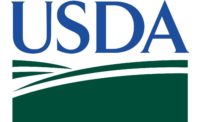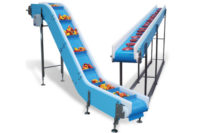The Supplemental Nutrition Assistance Program (SNAP), historically known as food stamps, has undergone recent changes, including the end of COVID relief benefits across the U.S. in March. The final elimination of extra SNAP benefits nationwide in March reduced food and beverage aid by $23 billion annually. As a result, in the initial months after the benefit cutbacks, SNAP households reduced their monthly food and beverage spending, on average, by about 35% of cut benefits. For example, if SNAP benefits were cut by $200, the reduced food and beverage spending would be about $70 less per month, according to Circana, formerly IRI and The NPD Group.
SNAP households have also decreased their spending on nonfood items at over three times the rate of their spending on food and beverages, which is a reversal from their spending in the early stages of the pandemic when COVID-related benefits, including SNAP benefit enhancements, provided more spending money for these households. The savings from discretionary spending is now subsidizing SNAP households' at-home and away-from-home food and beverage spending.
SNAP benefits can only be used for food and beverage purchases at grocery stores and other retail outlets. Still, with the money saved from reducing nonfood purchases, and competitive pricing to making a meal at home, SNAP households have increased their use of quick-service restaurants. Pizza chains represented the largest share of their visits, and hamburger quick-service restaurants represented 18% of SNAP recipients’ spending and visits. The average eater’s check at a quick-service pizza chain is $8, and it’s $6.56 at a hamburger chain, making these restaurants an affordable option for SNAP households. Loyalty rewards and deals also contribute to the affordability of these restaurant meals.
“We continue to monitor changes in buying behaviors of SNAP households,” said Alastair Steel, executive, client engagement at Circana. “Over the coming months, SNAP households may reduce their discretionary spending more than they have to date to free up dollars for food and beverage purchases. The SNAP benefits cuts are still likely to impact food and beverage spending for these consumers in the months ahead.”
Source: Circana




Report Abusive Comment